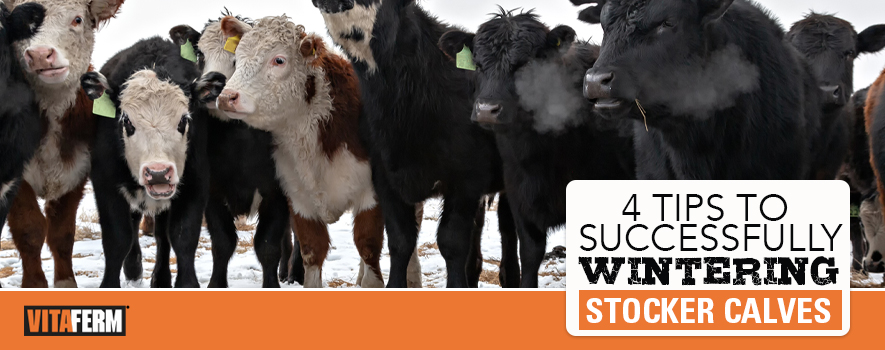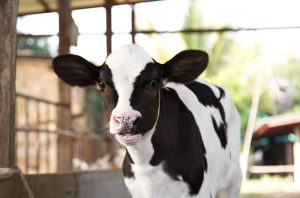It’s no doubt, agriculture is a risky business. There are a lot of uncertainties, especially when you add the environment and the ever-changing weather into the mix. But with a good plan and some of these best management practices in place, you can come out in the springtime with healthy, growthy calves that are ready for their next feeding phase, regardless if you are preparing to sell the calves or retain ownership of them through the feed yard.
1. Have a good health program in place.
By now, you likely have had your calves for a while, they are straightened out, and you have worked with your local veterinarian to have a vaccination protocol in place. This is a vital step in any phase of the production cycle, but especially important as these calves go through the stress of weaning, the potential stress of adapting to a new environment and now entering a season of the year where temperatures can fluctuate with great variation within a 24-hour period.
A health management program should be a written plan that you and your veterinarian devise on how to best care for your cattle. It can include information like animal identification, a vaccination schedule, diagnosis and treatment procedures and morbidity/mortality targets. Any treatments given should be recorded with this plan.
2. Plan for your nutritional needs.
Nutrition and health go hand-in-hand, and it is much more efficient to feed and grow a healthy animal than a sick one. That’s why it is imperative to have a high-quality mineral available to your stockers, 24/7. A good mineral program helps vaccines do their job and helps the animal respond to health challenges by boosting the immune response. That’s where a product like VitaFerm® Gain Smart® is useful in the stocker health management plan. VitaFerm Gain Smart is a line of vitamin and mineral supplements for beef cattle with the Amaferm® advantage that promotes economically produced pounds by maximizing the natural energy and protein available in forage. Amaferm is a precision prebiotic designed to enhance digestibility by amplifying the nutrient supply within for maximum performance. Once that animal is vaccinated, a good health protocol will help the animal stay healthy, helping eliminate the need for further treatments due to sickness.
Perhaps the most important nutrient to your calves’ success is sufficient, clean, fresh water. Water is necessary for adequate digestion, nutrient transportation, enzymatic and chemical reactions, and body temperature regulation.
3. Prepare for inclement weather.
Even though you might get cold, you don’t necessarily need to worry about your cattle feeling cold unless extreme cold temperatures strike. If you are in the part of the country where cattle hair up and put on a heavy winter coat, they are already covered. In addition, as their digestive system works, they are warmed from the inside, out. However, any time the temps drop below zero or are accompanied by precipitation or strong winds, you will want to make sure your have some wind break and bedding for your calves. Bedding like straw, hay or stalks help keep the calves warm and off wet, frozen or muddy ground. Windbreaks, man-made or natural like tree rows, help protect the calves from severe winds and wind chills.
4. Manage stress for less shrink.
Any time cattle experience stress, they are likely going to encounter shrink, or weight loss, so think about ways to reduce stress as much as possible. Don’t handle them unless needed. When you do need to handle or treat a calf, follow the methods outlined in the Beef Quality Assurance (BQA) guidelines. Do provide them with bedding and windbreaks during wet, cold weather. And perhaps the most important time stress becomes a factor is prior to shipping them to sell or to transport to the feedlot. Keep them in their natural environment as long as you can, with access to water. If you are hauling them to a livestock auction market the night prior to the sale, and they are bunk broke, inquire about feeding them at the Auction Market, even if it takes some extra effort. The more of a routine you can keep them on, the better.
Caring for stockers through the winter doesn’t have to be a gamble. Though you can’t control the weather, you can control your health and nutrition programs, along with providing bedding and reducing stress. Control what you can to make your stocker operation a positive business venture.



